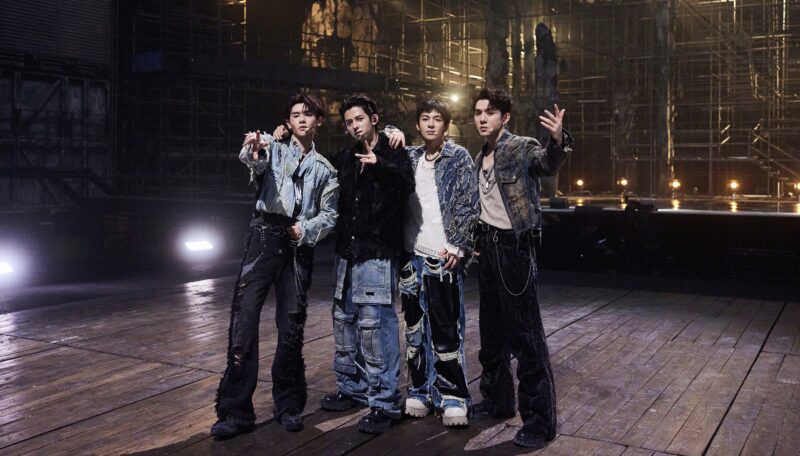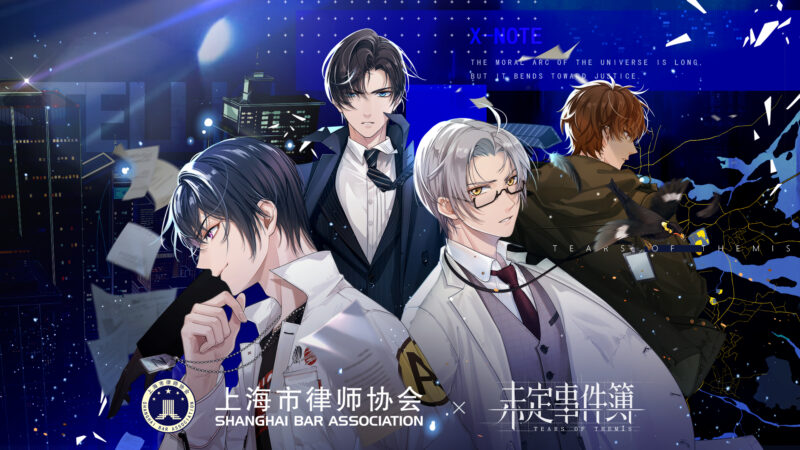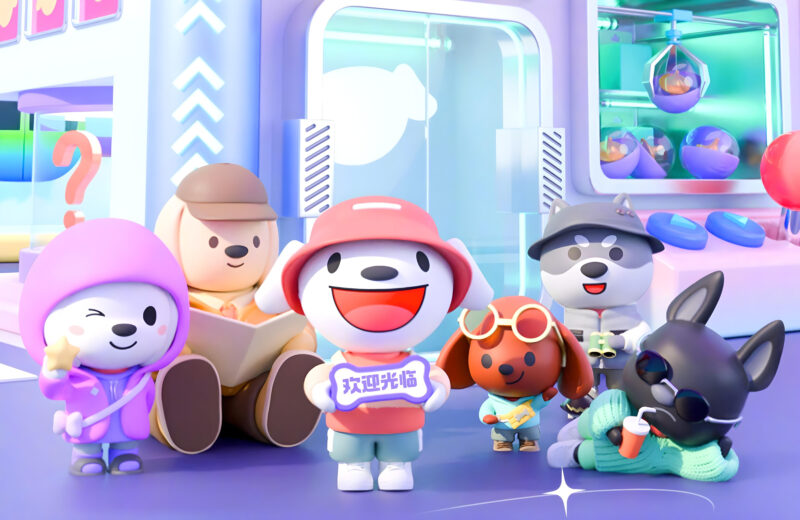Since Sora debuted earlier this year, and after Kling released its free trial on WAIC in July, text-to-video AI models have produced some of the most viral video content. The surreal dream logic and seamless (?) transition between scenes have made many meme videos, worthy of becoming post-modern contemporary art masterpieces.
In early August, a video made its way from Chinese short-form video platforms to X (formerly Twitter), showing two men who are just about to clash into a fistfight when they become “restored” by AI. With the typical slow motion and mellow instrumental music, the men twist and pull a glass of wine and a bowl of noodles out of nowhere before the video ends in a warm embrace and a mouthful of noodles. One of them also changed into a different person after being out of the frame for a second. Going viral on Twitter, the video earned 6 million views and over 149,000 likes on the platform.
Tracing its roots to Will Smith parodying his viral spaghetti-eating video this February, humans imitating AI-generated videos, especially the uncanny details signalling that the videos are artificial. The Chinese trend started as a reaction to the saturation of the “old photo restoration” trend that has over 130 million videos on Douyin, TikTok’s Chinese sister app. In these videos, people in black and white pictures spring into action, usually in slo-mo, have random food whenever they open their mouths and twist in unnatural angles.
It has already become a trend on Chinese platforms with new creators and established influencers joining in the fun. It started with a split screen with the left being a still frame of the video on the right where people do unexpected AI-esque things. As human intelligence has advanced, they are closer to real AI-generated videos which sometimes will be marked as suspected AIGC. Although AI tools are potentially revolutionary to video production, at the early stage it is now, it has provided much fun and is generally used for entertainment. However, as the post-modern humour showed in both AI-generated videos and the further subversive human-generated parodies, AI might usher in a golden age of grassroots contemporary art.









